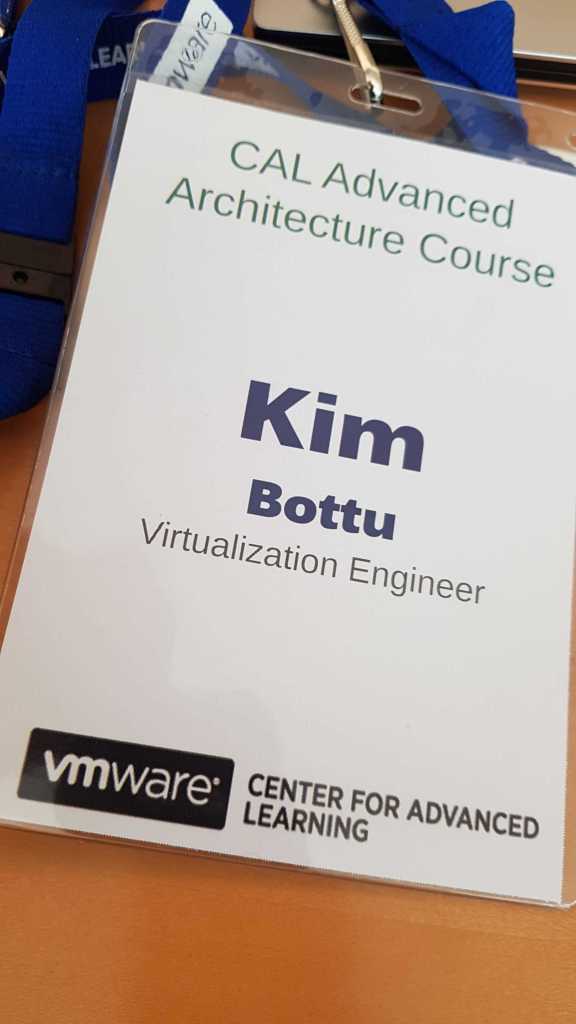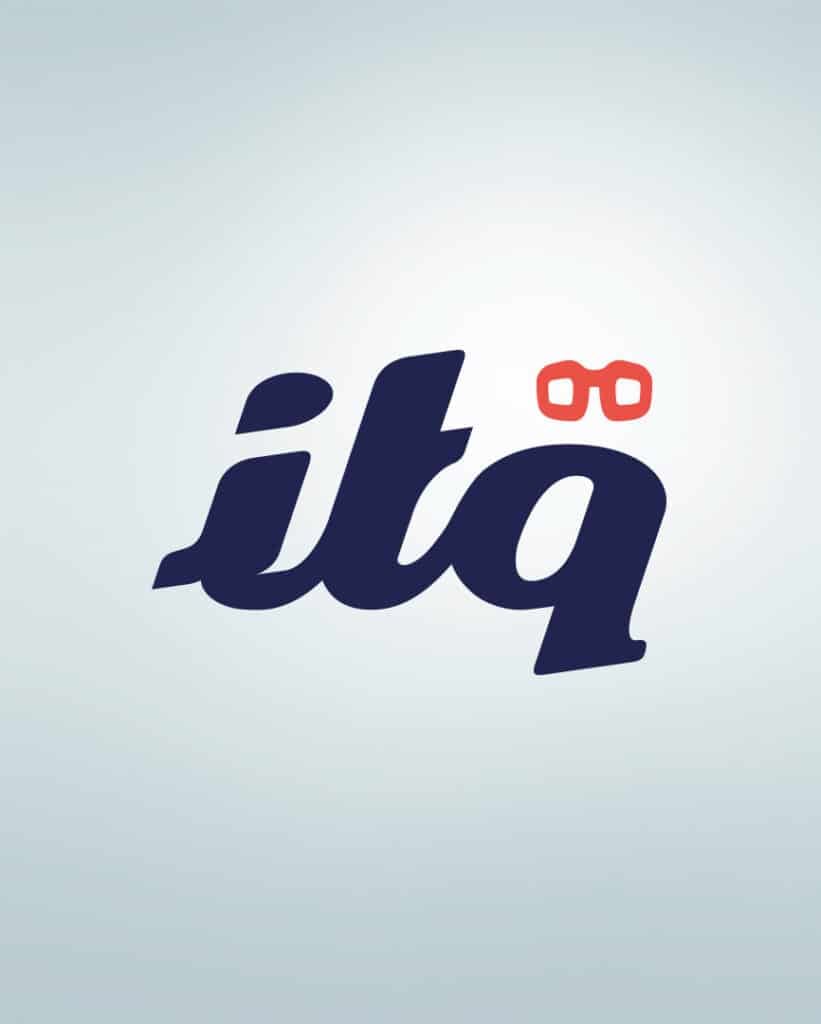Introduction
Changing employer to one of the major players in the Benelux, has nice perks. One of these is being able to attend a course where there a specific prerequisites prior to be able to attend to it. The Advanced Architecture Course by the VMware Center for Advanced Learning is such a course. I had been hoping to be able to participate in it ever since I attended a presentation about it at VMware Empower last year and I am very happy that I have been giving the opportunity!
Day 1
Day one started very early. We had to be at the campus at seven AM for all the formalities and administration. A pity no one thought about giving us a tour around the campus (maybe that is a good idea for one of the next days or at least for the groups who will attend this course after ours finishes.) but that is the way things are.
That said, it is nice to interact with some PSO colleagues and friends from a previous project again (Carsten, Stefan and Manuel), and some vCommunity people such as Rene Van De Bedem (participant, and nice to finally meet you in person Rene) and Brett Guarino (instructor, and nice to finally meet you in person Brett).
Business
Business, Business, Business, you can expect business drivers – ALL-DAY-LONG!
That is right, at every turn and at every change of instructor, we were reminded that the the focus should be the business outcome and business requirements. What are the business goals, what is the business trying to achieve? Remember boys and girls that the business goal is not a technical implementation. A technical implementation is just how you achieve the realization of the business requirements in a technical way but only IF your requirements gathering has been done correctly and only if your architecture complies with the requirements.
The focus of this course is not technical architecture but Enterprise Architecture: TOGAF, Zachman and the likes. Brett then gave us an hour long presentation about where the VCDX can be found.. on the intersection of Zachman and TOGAF!
Conceptual, Logical and all that stuff
If you have to create conceptual, logical and physical diagrams you know that often these can be handled very differently depending on who creates them and whom for.
One thing that really stuck: A conceptual diagram is about BUSINESS, it is not about technology!
For me personally this part of the course was an eyeopener. It seems logic that conceptual architecture deals with business requirements and outcomes, so how come we often do this wrong? This makes you think, not?
Teamwork
At the beginning of the day we all got assigned into a team and with this team you have to create an architecture based on a specific use case.
You would think that when people read the same use case, they would all see the same problems, requirements, risks, constraints, BUSINESS requirements but speaking from my side: it is pretty obvious that we do not.
Conclusion
This has been a very interesting day. Rather than being stimulated to think as an SME or technical architect we are put into the driver’s seat as an Enterprise Architect who’s main focus is to achieve the business goals. It is not easy to take of your technical hat and put on a different kind of hat and talk from that perspective only. You know it is logically the right thing to do and it feels right to do so, but often you all of a sudden find that technical hat back on your head and guess where the answers start coming from then…
Kim

The post CAL! Center for Advanced Learning Advanced Architecture Course – Day 1 appeared first on .
The original article was posted on: vmusketeers.com




